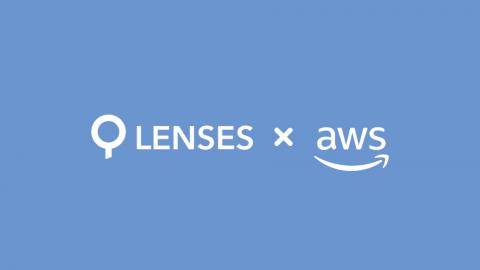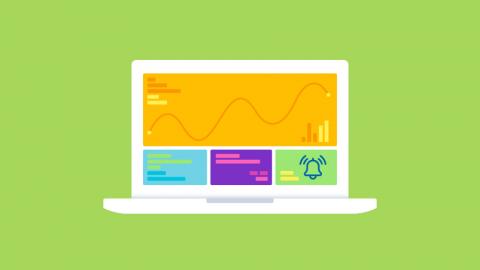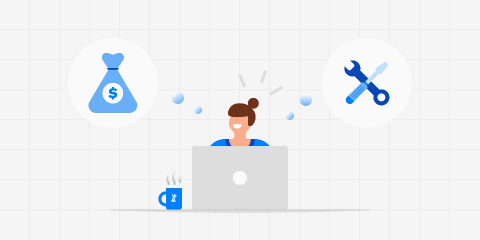It Takes Two to Kafka: AWS MSK + DataOps
I ordered a ride share recently from a beach; the app struggled to find a car, so I had to make several requests. After the fourth or fifth attempt, my bank alerted me to possible fraudulent activity on my credit card via SMS. Each time I ordered a ride, the service put a pending charge on my card. After I texted back that it was just me, the bank reactivated my account. Though the process was annoying, I felt reassured my bank could detect possible fraudulence that quickly.









